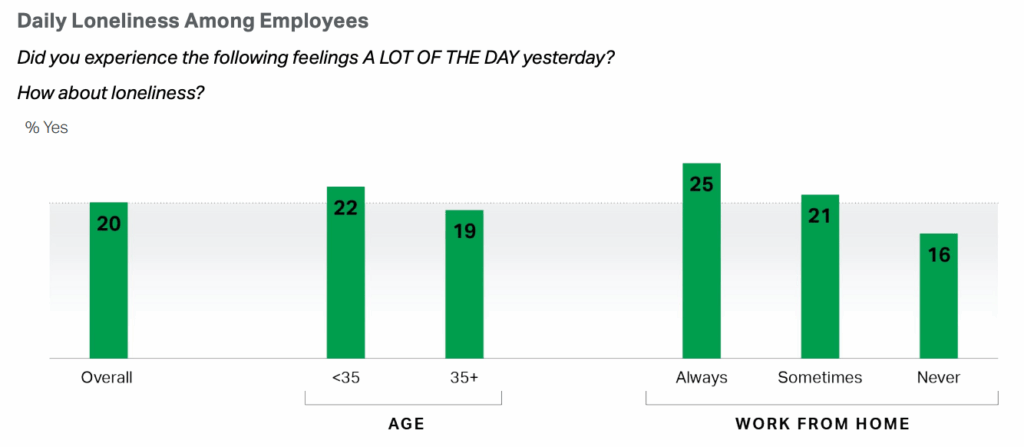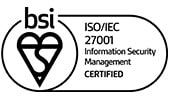Turning wellness into a game might sound like a gimmick. But for many organizations, it’s become a serious strategy. By integrating game-like elements into health initiatives, companies aim to make wellness more interactive and engaging. While this gamified approach can drive participation and spark motivation, it also raises important questions about sustainability, inclusivity, and the unintended consequences of competition. Understanding both the potential and the pitfalls is key to designing wellness programs that truly benefit employees.
Understanding Gamified Wellness
Gamified wellness involves applying game design principles to health and wellness programs to eventually drive long-term behavioral change. Think along the lines of challenges, rewards, and social competition so that health-related activities seem more enjoyable and motivating rather than obligatory or routine.
Potential Benefits of Gamified Wellness
Before delving into the risks, it’s important to acknowledge the advantages that gamification can bring to wellness programs:
Increased Engagement
In 2024, only 21% of employees globally reported feeling actively engaged at work, a drop most noticeable among managers. Wellness programs that incorporate gamification can help reverse this trend. By adding points, badges, and friendly challenges, these programs make healthy behaviors more engaging and enjoyable. This not only boosts participation but also fosters a sense of connection and motivation—key drivers of both well-being and workplace engagement. Sustained involvement in wellness activities often leads to improved health outcomes and a more energized, focused workforce.

Motivation Enhancement
Rewards and recognition can boost intrinsic motivation, encouraging individuals to pursue health goals. When people see tangible progress or earn incentives, they’re more likely to stay committed—even after the novelty wears off. This can be especially effective in helping individuals overcome the initial inertia of lifestyle change.
Behavioral Change
Structured challenges and feedback mechanisms can support the adoption of healthier habits. Features like daily step goals, hydration reminders, or personalized tips help translate abstract wellness goals into actionable behaviors. Over time, repetition and reinforcement can lead to lasting change.
Social Connectivity
Unfortunately, one in every five employees experiences feelings of loneliness in the workplace. Team-based competitions and leaderboards can foster a sense of community and accountability among participants. These social elements can be particularly valuable in hybrid or remote workplaces, where employees may feel disconnected. Friendly competition and shared goals help build bonds and reinforce collective well-being.

Risks and Limitations of Gamified Wellness
Despite its potential, gamified wellness is not without challenges. Several risks and limitations can undermine the effectiveness of such programs if not carefully managed.
1. Short-Term Engagement vs. Long-Term Behavior Change
While gamification can spark initial interest, sustaining engagement over time is challenging. Participants may lose motivation once the novelty wears off or if rewards become less enticing. This short-term focus can hinder the development of lasting healthy behaviors.
2. One-Size-Fits-All Approach
Individuals have diverse preferences, motivations, and health needs. A standardized gamification strategy may not resonate with all participants, leading to disengagement among those who don’t find the game elements appealing or relevant.
3. Overemphasis on Competition
Competitive elements like leaderboards can motivate some individuals but may discourage others, especially if they consistently rank low. This can lead to feelings of inadequacy or stress, counteracting the intended positive effects on well-being.
4. Privacy and Data Security Concerns
Gamified wellness programs often involve tracking personal health data. Without robust data protection measures, there’s a risk of privacy breaches, which can erode trust and deter participation.
5. Potential for Unhealthy Behaviors
In pursuit of rewards or recognition, participants might engage in unhealthy behaviors, such as overexertion or dishonest reporting of activities. This undermines the program’s integrity and can have adverse health consequences.
6. Lack of Personalization
Generic gamification elements may not address individual health goals or challenges. Without personalization, participants might not find the program relevant or supportive of their unique wellness journeys.
Best Practices for Implementing Gamified Wellness
To mitigate these risks and enhance the effectiveness of gamified wellness programs, consider the following best practices:
Personalization
Tailor challenges and rewards to individual preferences and health goals to increase relevance and motivation. Not everyone is motivated by the same incentives or enjoys the same activities, so offering flexible options—like solo challenges, different types of rewards, or adjustable goals—helps ensure the experience resonates with a wider range of participants. Personalization also helps maintain engagement by meeting people where they are in their wellness journey.
Balanced Competition
Incorporate collaborative elements alongside competitive ones to foster inclusivity and support. While leaderboards and individual rankings can motivate some, they may discourage others. Mixing in team-based goals, collective milestones, or peer recognition systems creates a more supportive environment where success is shared, not just measured individually.
Transparent Data Policies
Clearly communicate how personal data is collected, used, and protected to build trust among participants. Transparency is essential—especially when health-related data is involved. Outline your data practices in simple language, explain who has access, and allow participants to control their data-sharing preferences. This clarity can reduce skepticism and increase program participation.
Continuous Engagement Strategies
Regularly update game elements and introduce new challenges to maintain interest over time. However, it’s important to note that gamified wellness loses its appeal if it becomes repetitive or predictable. Rotate themes, introduce seasonal competitions, or highlight new health topics to keep things fresh and relevant. A dynamic approach helps prevent drop-off and keeps users engaged long-term.
Inclusive Design
Ensure that the program accommodates diverse abilities and health conditions, promoting equity and accessibility. Avoid one-size-fits-all metrics or activities that may exclude those with physical limitations or chronic conditions. Instead, offer adaptable goals, inclusive language, and accessible platforms. Designing with inclusivity in mind shows employees that everyone’s well-being matters—not just the fittest or most competitive.
Future-Proof Your Wellness Program With CoreHealth
Implementing an effective and ethical gamified wellness program requires a comprehensive and customizable platform. CoreHealth offers advanced digital health and wellness solutions designed to address the complexities of employee well-being initiatives.
With CoreHealth’s platform, your organization can:
- Customize Wellness Programs: Design personalized challenges and activities that align with individual health goals and preferences.
- Ensure Data Security: Benefit from robust data protection measures that safeguard personal health information.
- Promote Inclusive Participation: Develop programs that cater to diverse populations, ensuring accessibility and relevance for all employees.
- Monitor and Adapt: Utilize analytics to track engagement and outcomes, enabling continuous improvement of wellness initiatives.
By partnering with CoreHealth, organizations can navigate the risks associated with gamified wellness and create programs that genuinely support employee health and engagement.
Learn more about wellness programs with these articles from the Corehealth blog:
- Play to Be Healthy: The Role of Gamification in Workplace Wellness Challenges and Employee Engagement
- Discover the Power of Gamification in Employee Wellness Programs: Essential White Paper Insights
- Gamification for Employee Engagement and Motivation

